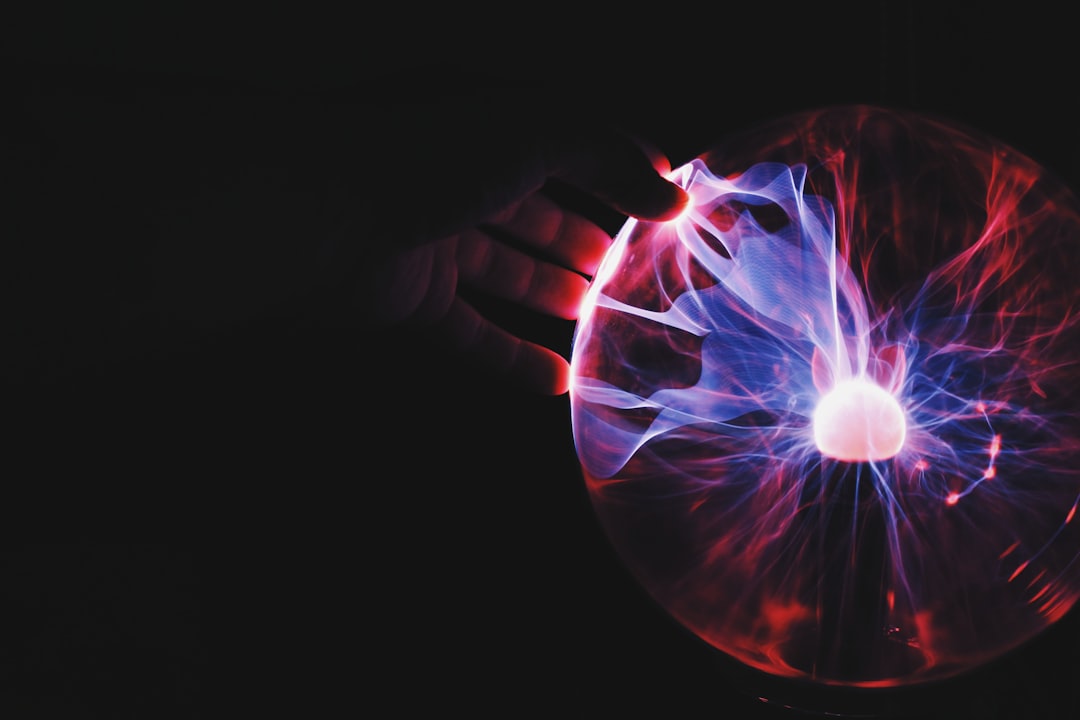What is it about?
Flux ropes are long, thin, snake-shaped tubes of plasma that carry electric current, which means that are wrapped in their own magnetic fields. When two flux ropes collide, their magnetic fields get mixed up and they need to reorganize in a process known as magnetic reconnection. During this process, energy is released and nearby ions and electrons can absorb it, causing them to speed up. In our study, we created a small tool to measure the ion energy and then stuck it inside the Large Plasma Device (LAPD) during the collision of two flux ropes. We then made an interesting observation: the ions accelerated in the direction of the background magnetic field, a direction not commonly seen in similar experiments. This appears to be the first time anyone has seen this, and our computer simulations support our findings.
Featured Image

Photo by Amos from Stockphotos.com on Unsplash
Why is it important?
We believe we've observed something new in a magnetic reconnection experiment where ions speed up in the same direction as the background magnetic field. This reminds us to consider magnetic reconnection in three dimensions instead two to obtain a complete understanding of ion dynamics. In addition, the background magnetic field in our experiment is much stronger than the magnetic fields of the flux ropes. This poses a significant challenge for plasma theorists and computer scientists when simulating it, as the strong background field requires very small computer steps and consumes substantial computing power. Our experiment helps us understand how ions behave in these situations.
Read the Original
This page is a summary of: Experimental observation of a field-aligned ion beam produced by magnetic reconnection of two flux ropes, Physics of Plasmas, August 2023, American Institute of Physics,
DOI: 10.1063/5.0138350.
You can read the full text:
Contributors
The following have contributed to this page










